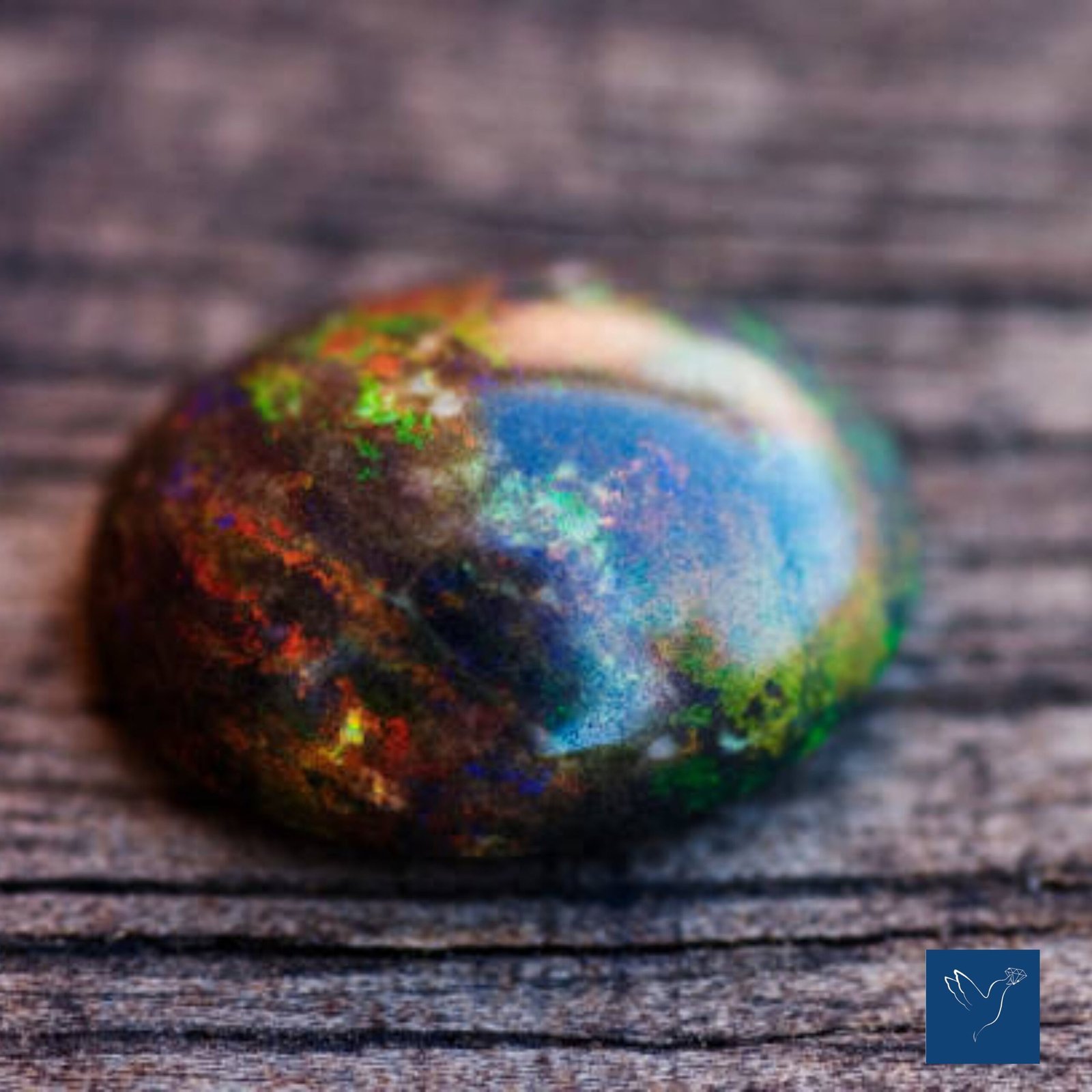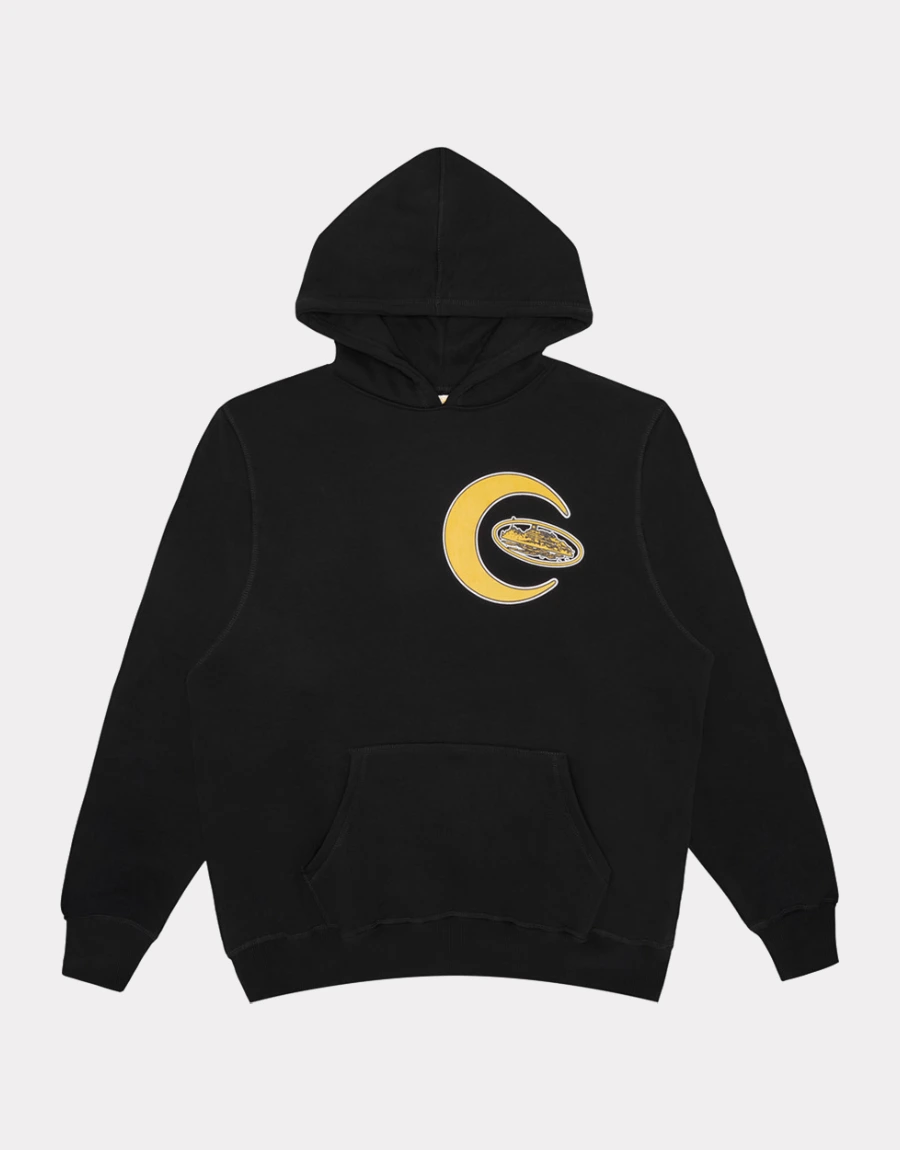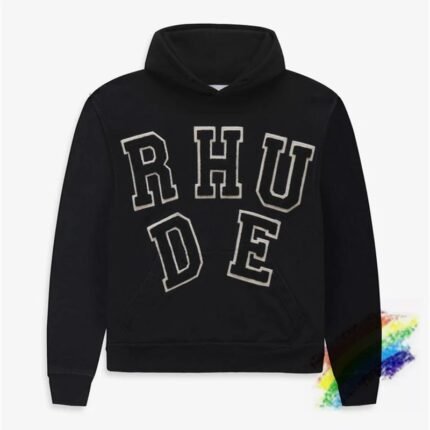
How UV Light Can Help You Identify a Real Opal Stone
If you’ve seen an opal, chances are that you might not ever be able to get over this gemstone. The credit goes to its boundless beauty, which makes every beholder fall in love with its charm. There are a few qualities that’ve made this gemstone a timeless one, such as the color play and the radiance, which can light up even the dullest of environments. But with such a massive craze for opal, also comes a lot of counterfeits in the market, due to which it has become difficult to identify the real one. That’s also because the visual appearance of opal can easily be replicated, which has given birth to synthetic stones. If you’re thinking of investing in opal gemstones for sale, then a UV light test can help you pick a real stone. In this blog, we’d discover how!
How does the UV test work?
It’s actually simpler than it sounds. Many real opals emit a subtle fluorescence under UV light, typically glowing in shades of white, green, or pale blue. This reaction is due to the trace elements and natural silica structure inside the gemstone. On the other hand, fake opals (especially plastic or synthetic ones) may glow too brightly, or in unnatural colors, or sometimes not at all. This gemstone UV check isn’t foolproof, but it’s a solid first step in the authenticity journey.
A genuine solid opal will usually glow softly or even remain slightly dull under black light. It’s a quality that only real opal stone have. However, doublets and triplets often show the glue layer or backing quite clearly under UV light. So, if you’re holding a piece and see obvious dark lines or irregular glows from the base, chances are you’re not dealing with a solid natural opal.
We’d always suggest buying gemstones and crystals for sale from leading sources dealing with real stones only, as they provide quality and authenticity, which eases your job as a buyer.
What About Synthetic Opal Stone?
High-quality lab-created opals do have fluorescence similar to real ones, but often have too-perfect patterns and an unusually uniform glow under UV light. That’s where combining the UV test with other checks helps. Ideally, you should look for column-like patterns or overly bright flashes that don’t shift with angle, as it’s a sign that your stone might be man-made.
When shopping in bulk, especially if you’re looking for wholesale cabochon gemstones, the UV test becomes even more handy. If you’re sourcing opals for jewelry-making or resale, quickly checking batches with a UV flashlight can save you from expensive mistakes. It can also help you grade stones and spot those odd pieces that just don’t behave the way a natural gem should.
Pro Tip:
The UV light opal test is great, but don’t stop there. Real opal stone have a depth and dimensionality that fakes struggle to copy. Hence, you should always move your opal under natural light and check whether the color shifts with every angle. If that does, then it’s a good sign.
Apart from that, you should also run your fingers across the stone and see how it feels like glassy, cool, light, or plasticky. Real opals tend to feel substantial. Also, look through a magnifying glass. Real opals have organic patterns; synthetic ones often look mechanical or too perfect.
How to Do a Gemstone UV Check?
Doing a UV check doesn’t require a lab. A small UV flashlight (easily found online) and a dark room can give you all the setup you need. Just remember to do your test when the stone is clean and dry. Dirt, polish, or oils from your hands can sometimes mask fluorescence. If you want to identify real opal, then consider cleaning the stone with a lint-free cloth.
If you’re still unsure about a stone even after the UV test, there are other methods. For example, water immersion tests (to see if layers become visible), viewing with a loupe, or simply consulting a gemologist if the piece is high value. But for casual buyers or hobbyists, the UV trick is a great skill to have in your gemstone toolkit.
There’s a unique satisfaction in knowing how to verify the authenticity of what you buy. The moment you place an opal under black light and it glows, you know that it’s a real one.
Trust the UV Test and Your Inner Calling As Well
Owning an opal isn’t only about having something one-of-a-kind, whose every piece is unique. But it’s also about connecting with the stone, knowing its story, where it came from, and what makes it real. Opals have been treasured by cultures around the world for centuries. Some believed they fell from the heavens during lightning storms; others saw them as the tears of joy or sorrow from gods. Today, they’re still cherished, not just for their beauty, but for their soul.
So, next time you hold an opal in your hand, grab a UV light. Let it reveal what’s beneath the surface. Whether it glows softly or not at all, you’re one step closer to understanding the gem, and that, in itself,is a pretty magical moment.








